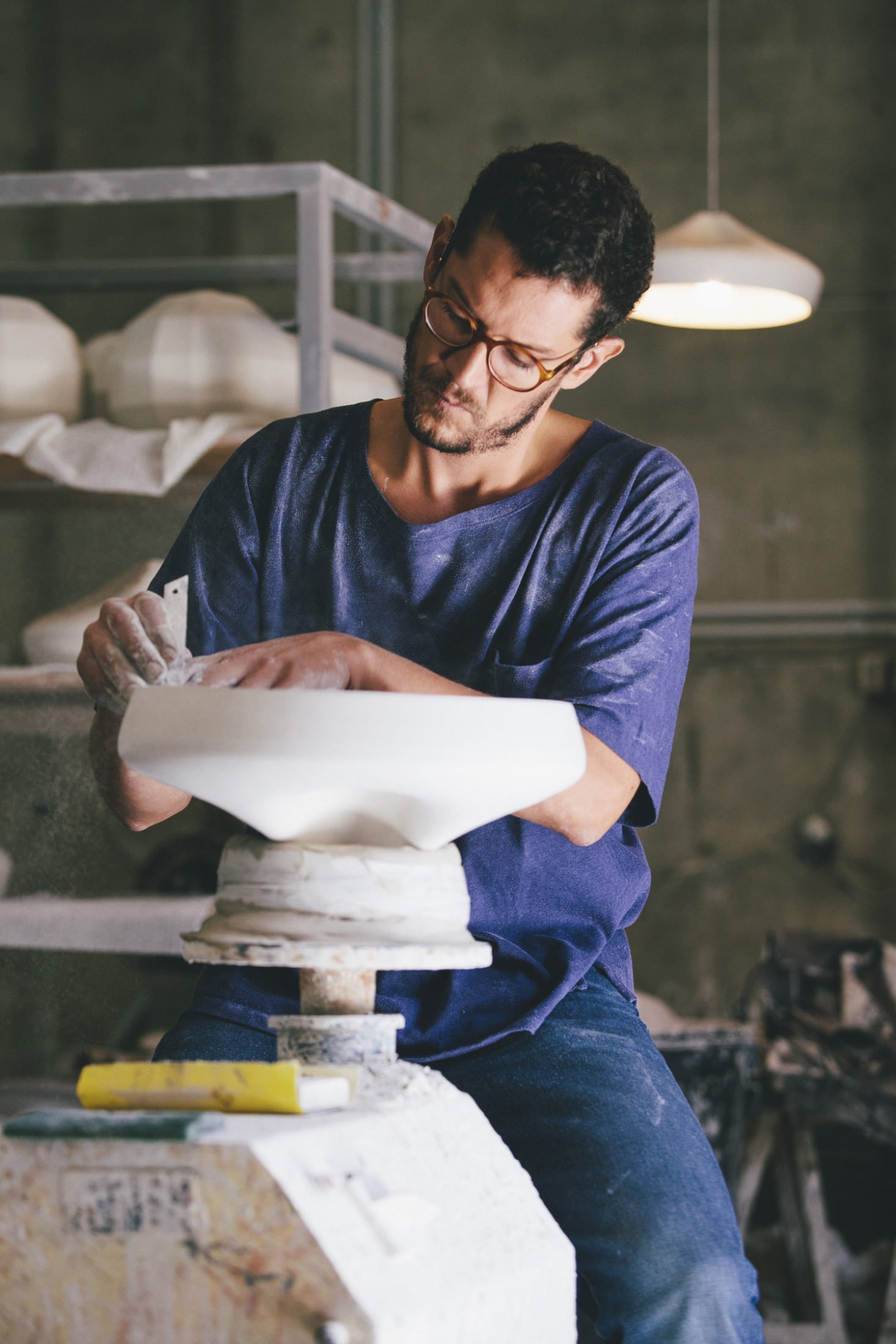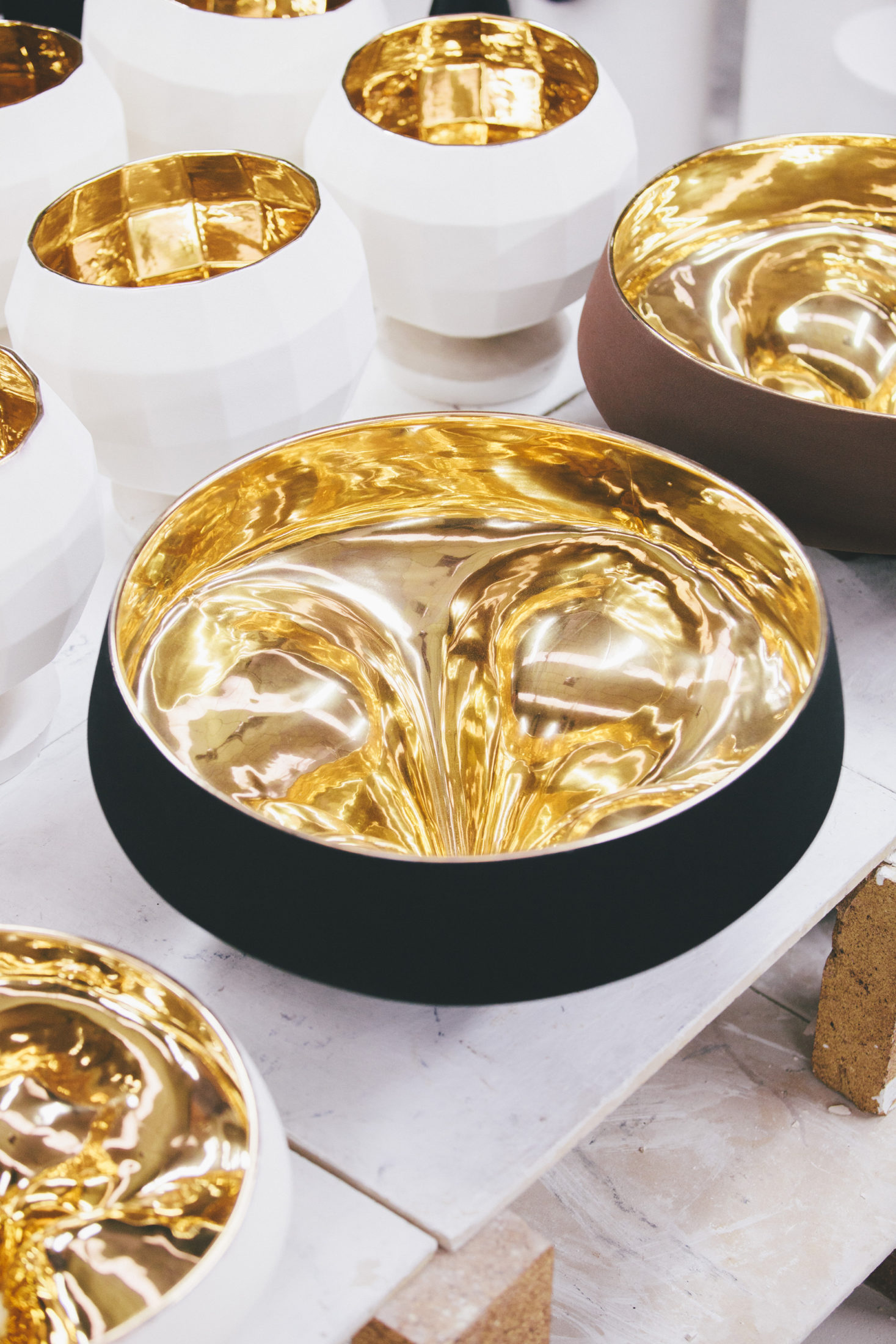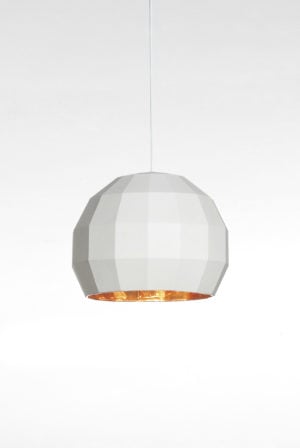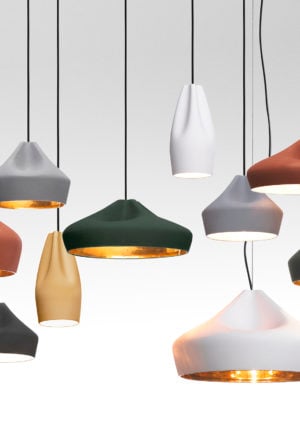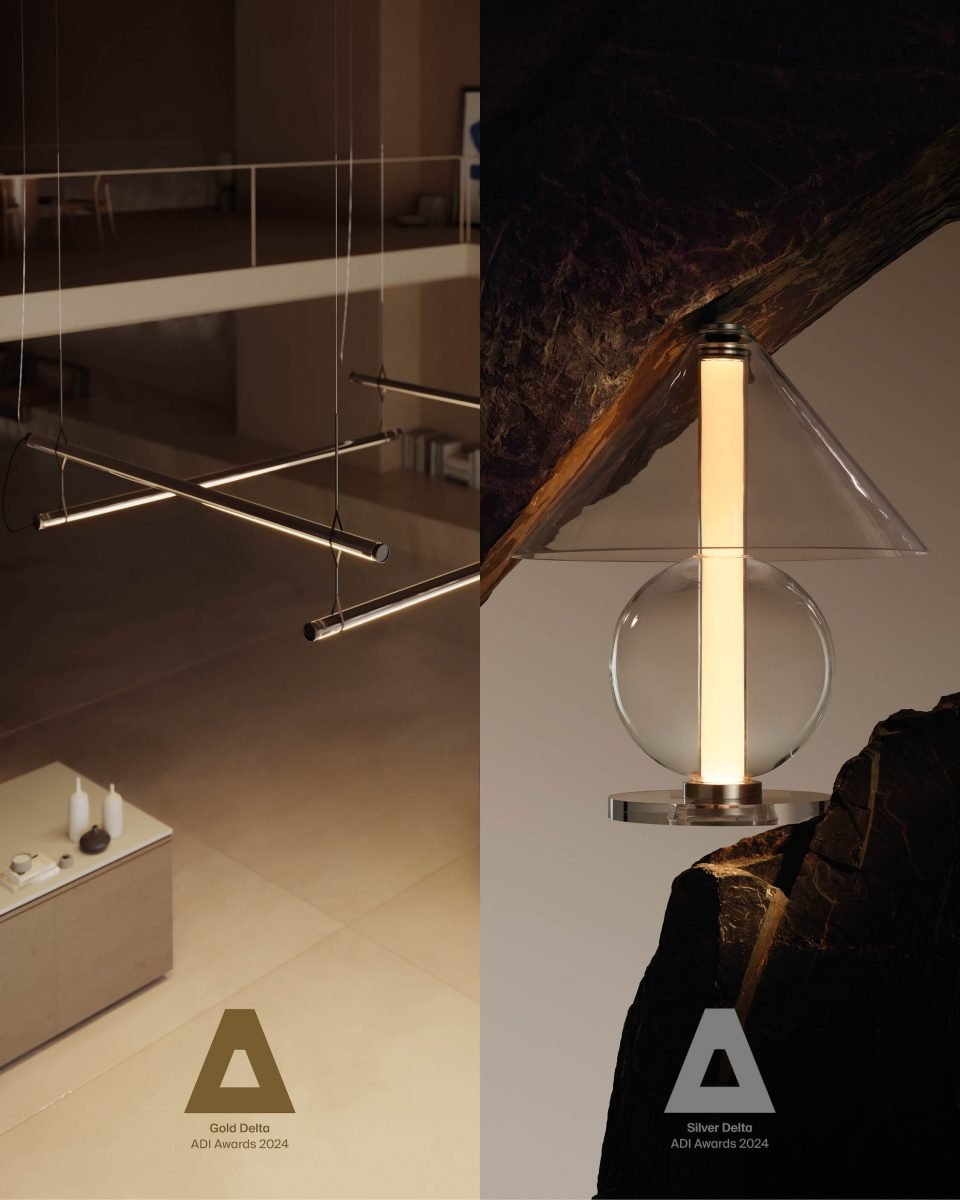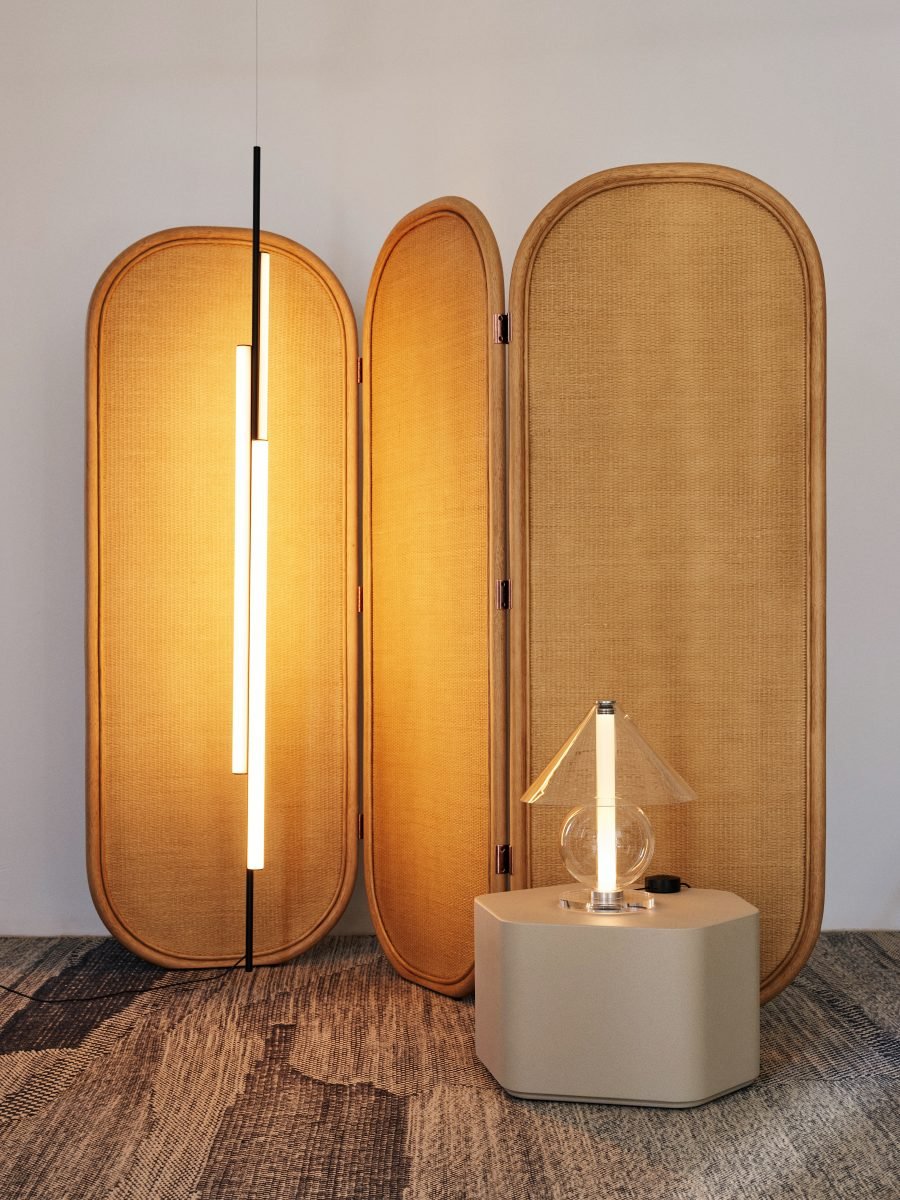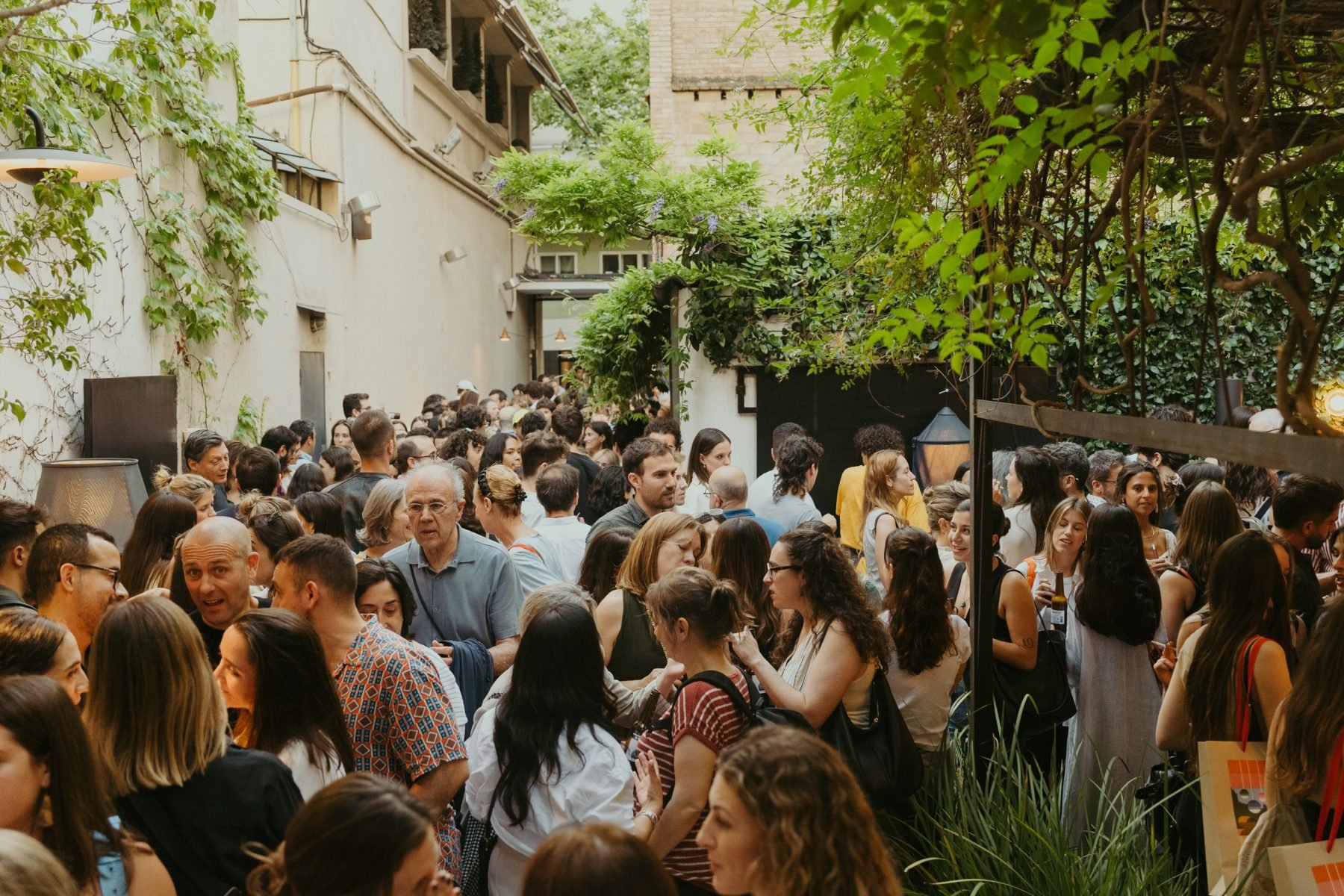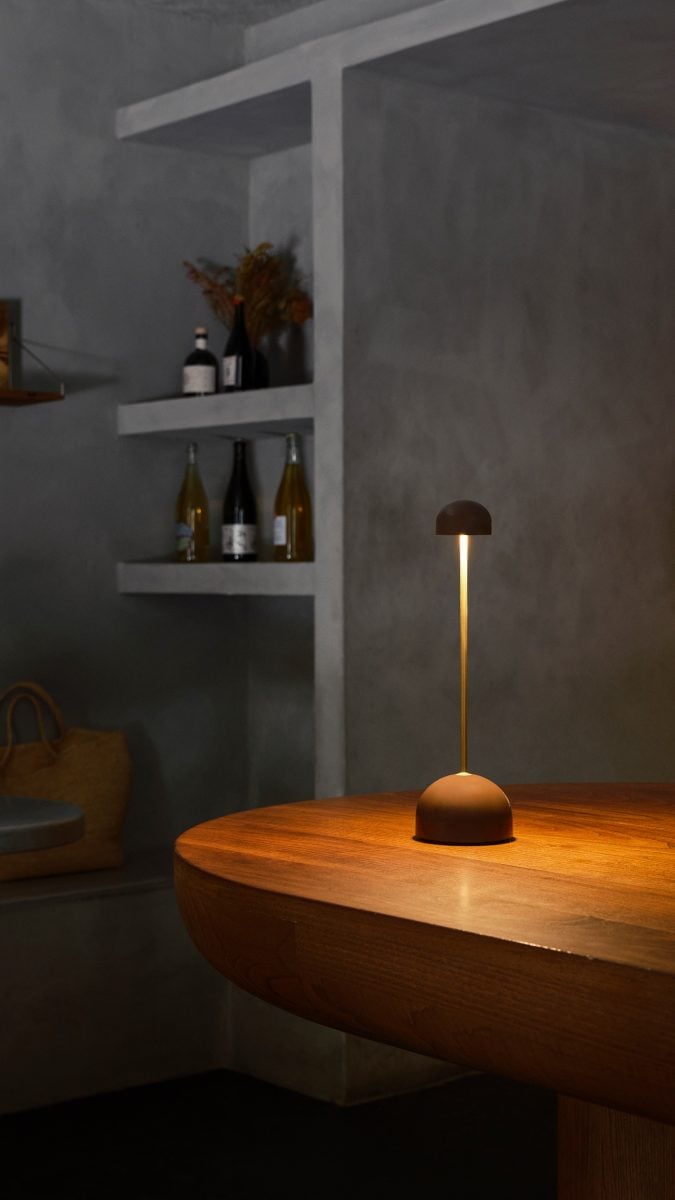Reflections on light – Xavier Mañosa – part one
A beautiful light is the kind that doesn’t bother you, and that’s really complicated
Xavier Mañosa was trained as an industrial designer, although life led him to grow up amidst the wheels and kilns of his family’s ceramics studio. After a stint working in Berlin, once back in Barcelona he decided to merge the artisan trade of pottery with design, and in 2009 he created the brand Apparatu along with his parents. Back then, he was motivated by investigating materials and manufacturing processes themselves; he shapes each piece while leaving room for accident, for the poetics of the unexpected. He is a member of the latest wave of creators who merge designing and doing.
His relationship with Marset has yielded collections of lamps with clays and enamels that interpret new light effects.
Xavier Mañosa is one of the top exponents of contemporary ceramics. His work has been displayed in design fairs and exhibitions in London, Frankfurt, Tokyo, New York, Mexico City and Stockholm.
-What do you like about your job?
– What I like the best is the immediacy. The material, ceramic, is very ductile. You carry the entire process inside yourself: design, production, etc. You have a piece of clay, you put your finger in it and begin. In one day, after a while, you can finish an object. I also like the magic of the kiln when you put the piece in it. You have glazed it and you guess at what it will become. The process is similar to developing photographs; when you brought the roll of film in, you had to wait for the result. Afterwards you open the door to the kiln and either it’s great or it’s a disaster!
-Is each piece a surprise?
-No! Each piece has its moment of surprise. There is a point at which you control the production process and you know how it will turn out. But in our lamps the process is complex, handcrafted and some tiny variations may appear in the finishes that had never existed before.
– What is ceramics to you?
– I’ve done ceramics my entire life. It is close to me in this sense; my parents are potters. It’s very familiar to me, very normal, like something you carry inside yourself and it has always been there. To me it doesn’t have a specific definition.
– Can you do whatever you want with ceramics or are there limits?
– Yes, you can, but for it to make sense is another thing. Within the discourse of the crafts, you start working with a material, start investigating it, discover everything there is behind it. And most importantly you begin to understand the processes. Realizing everything you can learn from ceramics gives me a sense of the infinite, a bit of vertigo. But at the end you have to just be there and keep going.
But ceramics is also a “very unappreciative” material. You have many more mistakes than successes. And at the same time, these mistakes help you to get it right. It often happens that when you open the door to the kiln what you find is not what you wanted; it has become something else.
– You make lots of tests with ceramics.
– This has a wonderful consequence. When you do experiments you end up generating such a large volume of pieces that you learn to throw them away. In the end I know which one is good, which is perfect and which I have to save. Even though it may seem fantastical to you, to me it may be a mistake. The day we clean the studio we usually throw out tons of pieces. I like the idea of learning how to get rid of what you don’t need. It ends up helping you in other aspects of your life.
–So mistakes add something to ceramics.
– More than mistakes it is the unexpected, the involuntary, what you didn’t plan on. And in the end this is what ends up making the object attractive and more sensual. That tiny detail that you had nothing to do with and that is totally fortuitous, that is one of the most beautiful things. The Pleat Box lamp has a lot of this. It is a piece that made itself. Of course we were behind it, but the shape made itself. And as successful as it has been, it’s as it had appeared by a magic wand.
-What of you do your objects embody?
– The best thing that can happen to an object is that it has as little of you as possible. The less you are there at the moment of making it, the more the object is you. I mean that when you are working, either shaping or cleaning up or glazing, you have to touch it without touching it. You have to have a kind of manual dexterity. This also happens when I design: I try to touch little, to let things happen without intervening too much.
-Where do you get ideas from?
– As an artisan, when you attach a great deal of importance to the material and the process, you already have two very serious conditioning factors. You open up a pathway. In good ideas the goal is to settle down and find solutions. Before that comes ingenuity: you suddenly see something, the beginning of a project. But if you don’t get down to work, ingenuity is not enough – it vanishes.
